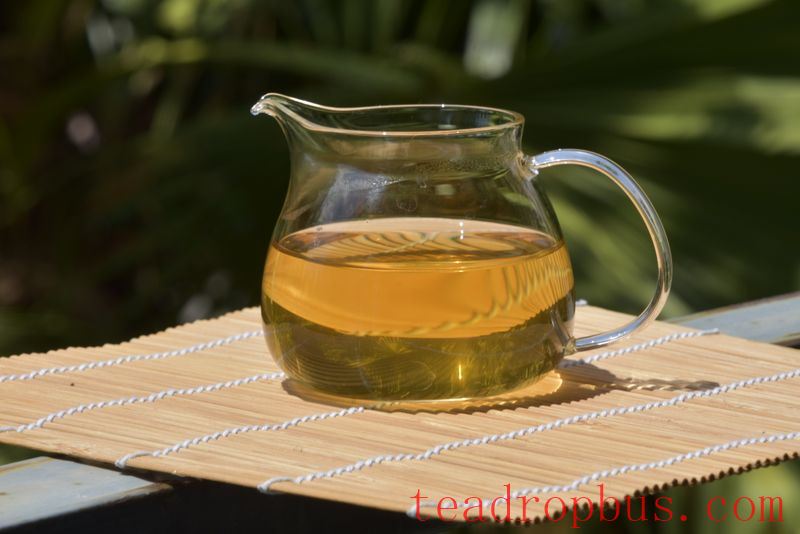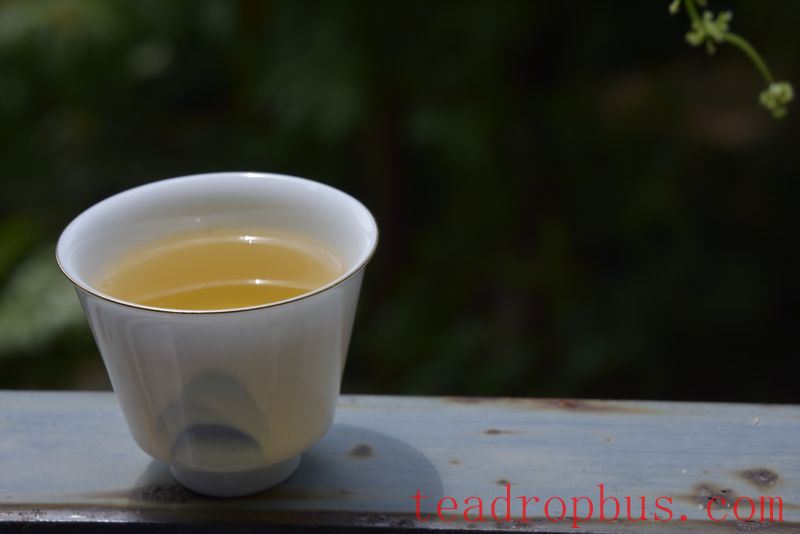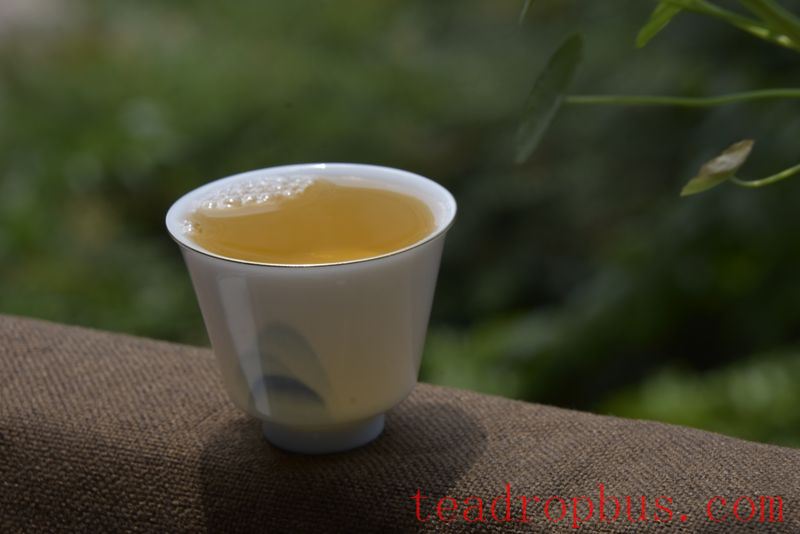Each type of Tea has a unique aroma and flavor, primarily due to factors such as processing methods, raw materials, and geographical environment.
The quality of a tea can ultimately be judged by its dry leaves, aroma, flavor, liquor color, and infused leaves. Good Mountain Store discusses the relationship between tea quality and taste from several aspects of mouthfeel.
How to appreciate a good tea – taste is crucial.

First, Bitterness and Astringency
No matter what kind of tea, it will have a bitter taste because it contains polyphenols and Caffeine. The overall mouthfeel of a Cup of tea is mainly composed of bitterness, astringency, freshness, and sweetness. The balance between bitterness and sweetness is one of the most fascinating aspects of tea.
Bitterness, mainly composed of caffeine and polyphenols, contributes to the bitterness in the tea liquor. Bitterness is an indispensable flavor in all teas. Without bitterness, something always seems to be missing, as if there were no bones.
Astringency is the uncomfortable sensation caused by polyphenols acting on the mouth. Bitterness and astringency together form the thickness and stimulating character of the tea liquor.
High-quality teas should not be overly bitter; the history of tea can also be seen as our struggle against bitterness. A slight bitterness in the tea can be acceptable, but astringency is the least acceptable sensation. Even if there is a slight initial bitterness, it should quickly return to a sweet aftertaste.
It is evident that if the bitter and astringent flavors persist, the quality of this tea cannot be guaranteed.

Second, Sweetness
Sweetness and sweetness are essentially the same. They refer to the sensation caused by sugars on the tongue. The difference lies in your perception, so they are fundamentally the same but manifest differently.
Pure sweetness refers to the “amount” of sweetness in the content. Slightly sweet means the degree of sweetness, which is generally distinguished by intensity.
Sweetness refers to the level of sweetness, which is more complex. It not only includes the sweetness itself but is often used to describe the process and character of the sweetness rather than its degree or concentration.
The sweetness in tea starts with a slightly bitter taste in the mouth, which lingers. Over time, the sweetness gradually overtakes the bitterness, ending with a sweet finish.
The sensory experience is mainly characterized by “slightly bitter in the mouth, sweet aftertaste.” Some people enjoy tea precisely because of the dramatic change from “bitter to sweet.”

Third, Richness and Body
Richness refers to the fullness and harmony of different flavors in a tea, giving a sense of fullness and body; intensity refers to the strength of a particular flavor in the tea.
If a certain tea is not rich enough, it can be achieved by increasing the amount of tea, water temperature, or Steeping time, but it merely enhances the existing flavor profile, i.e., increases its intensity, without adding other flavors.
Thickness and intensity are two different things. A tea that is thick and excellent is rich in natural substances and emits a robust flavor. Certain tea intensity is artificial, determined by the brewing method. A strong tea can be brewed very strongly or very weakly.
Strong teas can be divided into strong and mild ones.
High-quality teas have abundant intrinsic qualities, and the tea liquor is transparent and textured. This kind of tea liquor feels full-bodied and has layers of complexity. Poor teas leave a dull taste in the mouth, lacking depth in mouthfeel.

Fourth, Throat Comfort and Locking
There is a powerful term related to throat comfort called “throat resonance,” which refers to the sweet and comfortable aftertaste in the throat after tasting the tea. Throat comfort is one of the important indicators for appreciating tea.
With high-quality teas, the tea liquor entering the throat will have a sweet and mellow sensation with a lingering aftertaste, whereas poor-quality teas lack throat resonance and may have a locking sensation. There is a noticeable astringency upon entry, making the tea liquor difficult to swallow. The astringent feeling lingers for a long time in the throat and on the tongue, robbing the pleasure of tea tasting.
In summary, a good tea must have a refreshing, fresh, and sweet taste. It may have a slight bitterness but should quickly reveal sweetness. It may have a throat resonance sensation but should be delicate and mellow, not shallow and tasteless. Secondly, excessive astringency and sourness are not characteristics of good teas.
Ultimately, a great cup of tea is definitely refreshing.